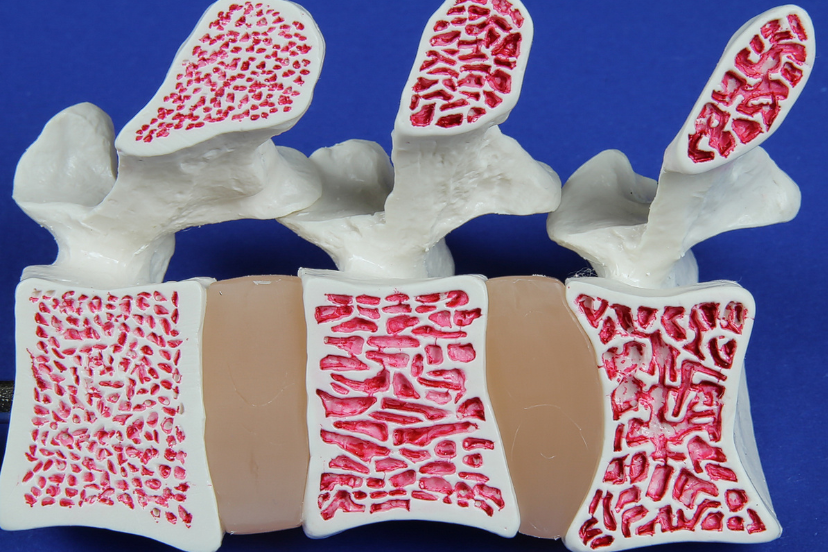Navigating Bone Health: Understanding the Stages of Osteoporosis
Introduction
Welcome to a journey through the intricate landscape of bone health. In this article, we will explore the various stages of osteoporosis, shedding light on the nuances of this silent but impactful condition. As we navigate through the different phases, you’ll gain insights into symptoms, risk factors, and proactive steps to maintain robust bones.
Stages of Osteoporosis: A Closer Look
Stages of Osteoporosis
Osteoporosis, a condition characterized by weakening bones, progresses through distinct stages. Understanding these stages is crucial for early detection and intervention.
Stage 1: Pre-Osteoporosis Prowess
In the initial stage, often unnoticed, bones start losing density. This phase, medically termed osteopenia, sets the foundation for the journey ahead. Lifestyle changes and calcium-rich diets can play a pivotal role in halting the progression.
Symptoms:
- No apparent symptoms
- Minor bone pain or discomfort
Preventive Measures:
- Adequate calcium intake
- Regular weight-bearing exercises
Stage 2: Osteoporosis Onset
As bone density declines further, the second stage signals the onset of osteoporosis. Microarchitectural deterioration becomes evident, making bones more susceptible to fractures.
Symptoms:
- Height loss
- Increased fractures
Preventive Measures:
- Prescription medications
- Vitamin D supplements
Stage 3: Advanced Osteoporosis Adventure
In this advanced stage, bones reach a critical low density, drastically elevating fracture risks. Mobility may be compromised, affecting overall quality of life.
Symptoms:
- Severe back pain
- Frequent fractures
Preventive Measures:
- Specialized medications
- Physical therapy
Stage 4: Osteoporosis Endgame
The final stage presents a critical juncture where fractures become rampant, leading to severe debilitation. Specialized medical attention and lifestyle adaptations become imperative.
Symptoms:
- Extreme bone fragility
- Chronic pain
Preventive Measures:
- Surgical interventions
- Assistive devices for mobility
FAQs – Navigating the Osteoporosis Landscape
Q1: What are the primary causes of osteoporosis? A1: Osteoporosis can result from aging, hormonal changes, and nutritional deficiencies.
Q2: Is osteoporosis only prevalent in women? A2: No, men are also susceptible, although women are more commonly affected.
Q3: Can osteoporosis be reversed? A3: While bone density loss can’t be entirely reversed, lifestyle changes and medications can slow down the progression.
Q4: Are there natural ways to prevent osteoporosis? A4: Yes, consuming a calcium-rich diet, engaging in weight-bearing exercises, and maintaining vitamin D levels are crucial preventive measures.
Q5: How is osteoporosis diagnosed? A5: Bone density tests, X-rays, and blood tests aid in the diagnosis of osteoporosis.
Q6: Can osteoporosis be hereditary? A6: Yes, genetics can contribute to an increased risk of osteoporosis.
Conclusion
Embarking on the journey through the stages of osteoporosis equips you with the knowledge needed to safeguard your bone health. Recognizing symptoms, adopting preventive measures, and seeking timely medical intervention can make a significant difference. Let this guide empower you to embrace a lifestyle that ensures your bones stand strong through the test of time.




